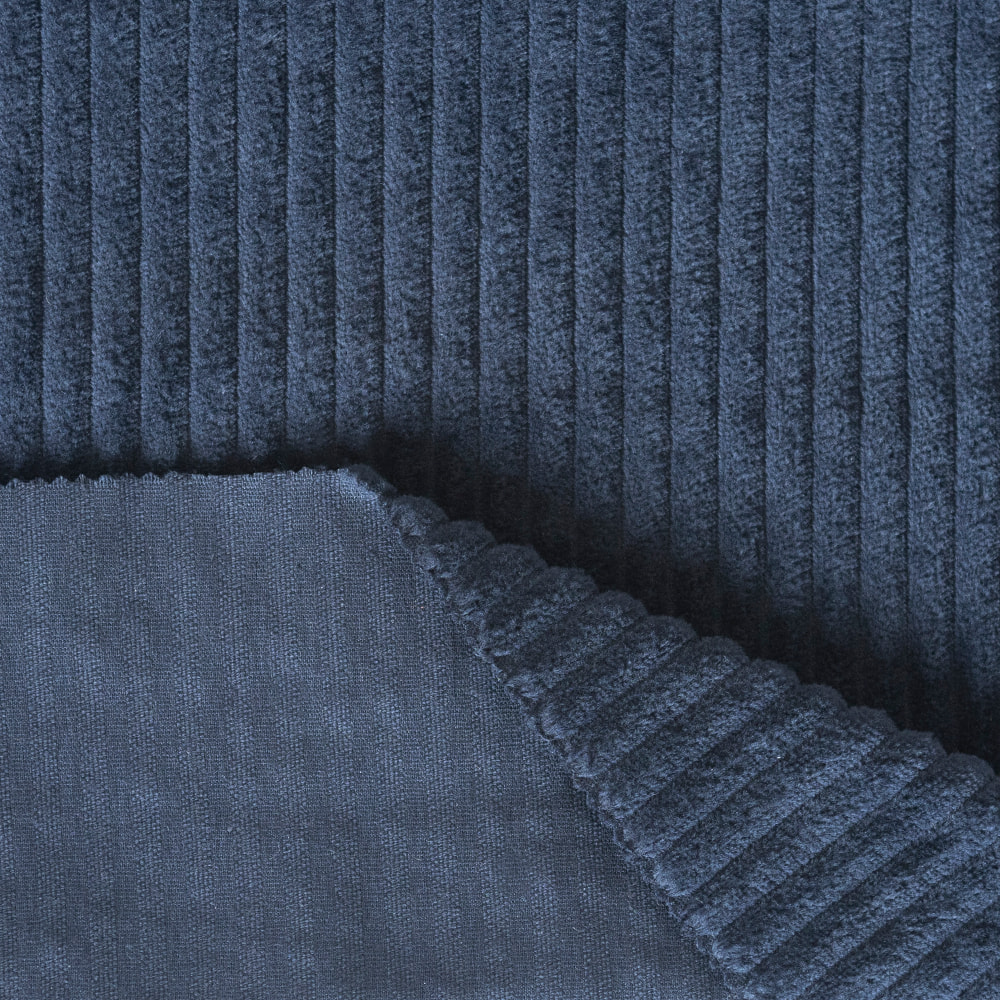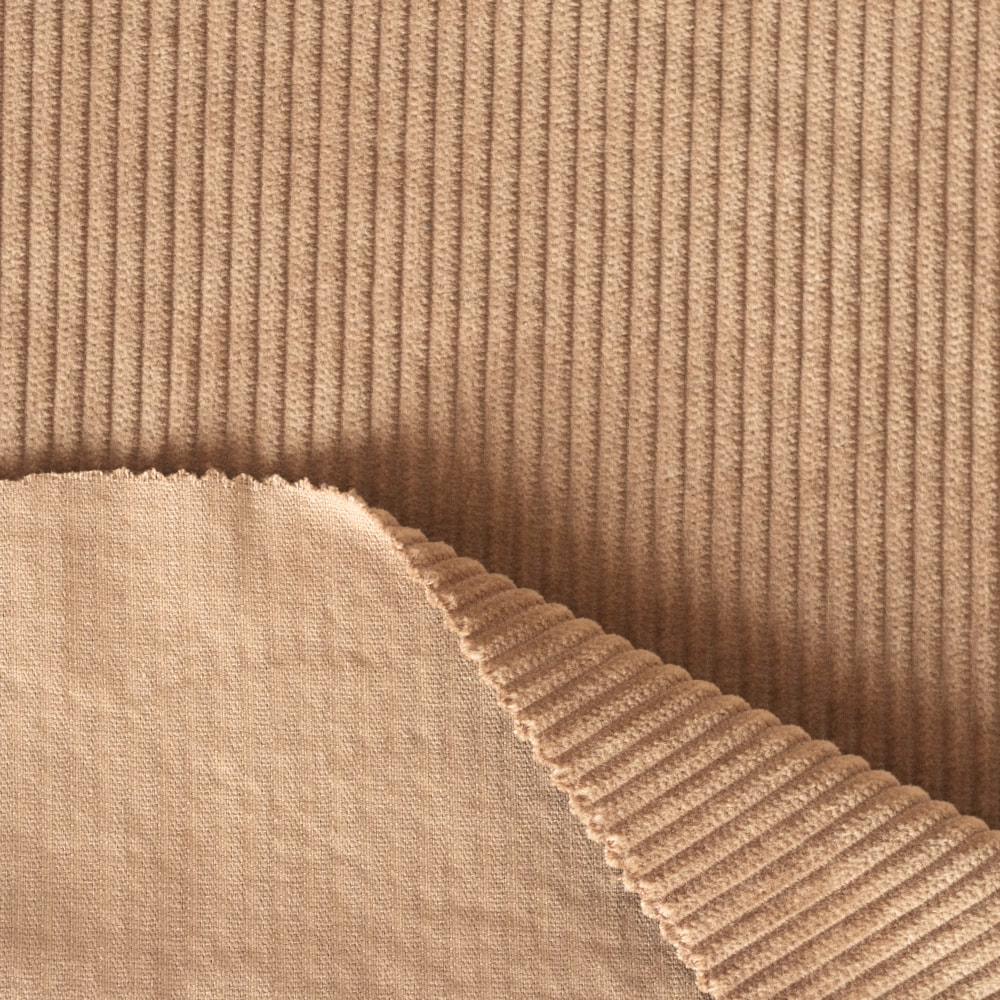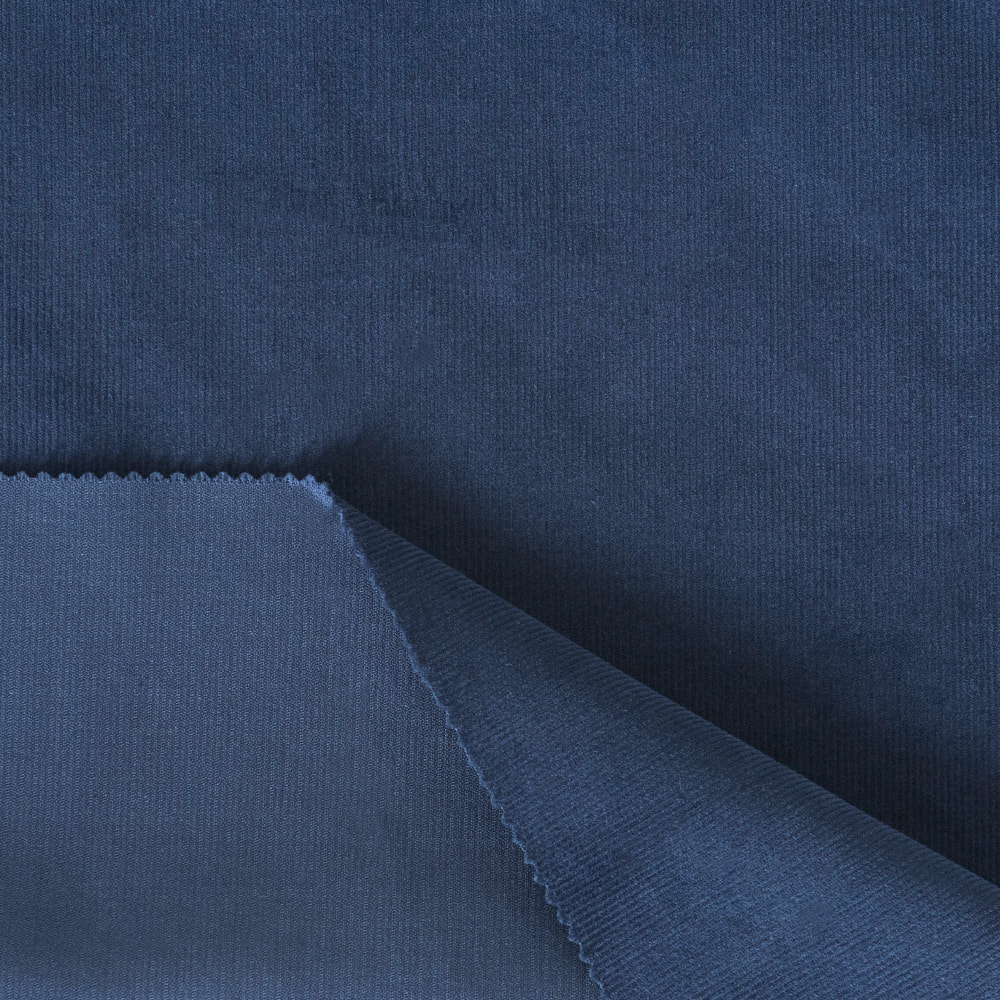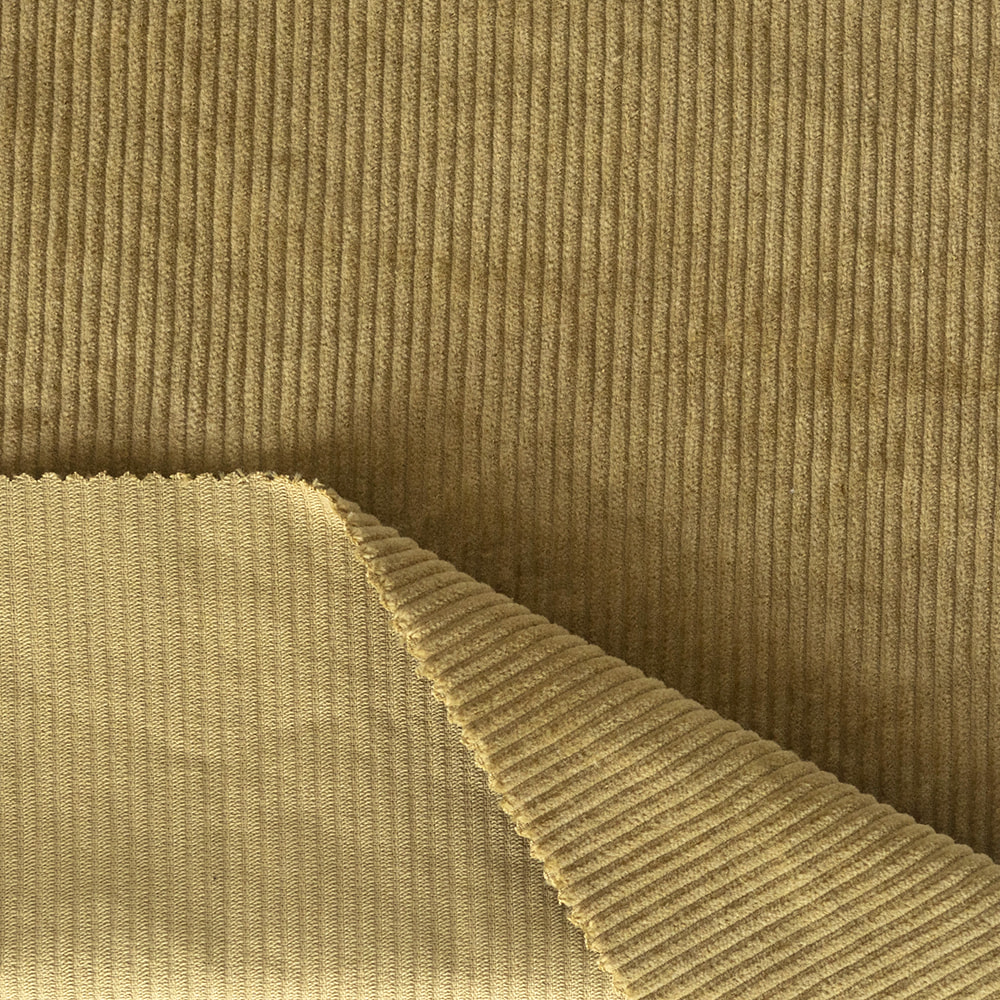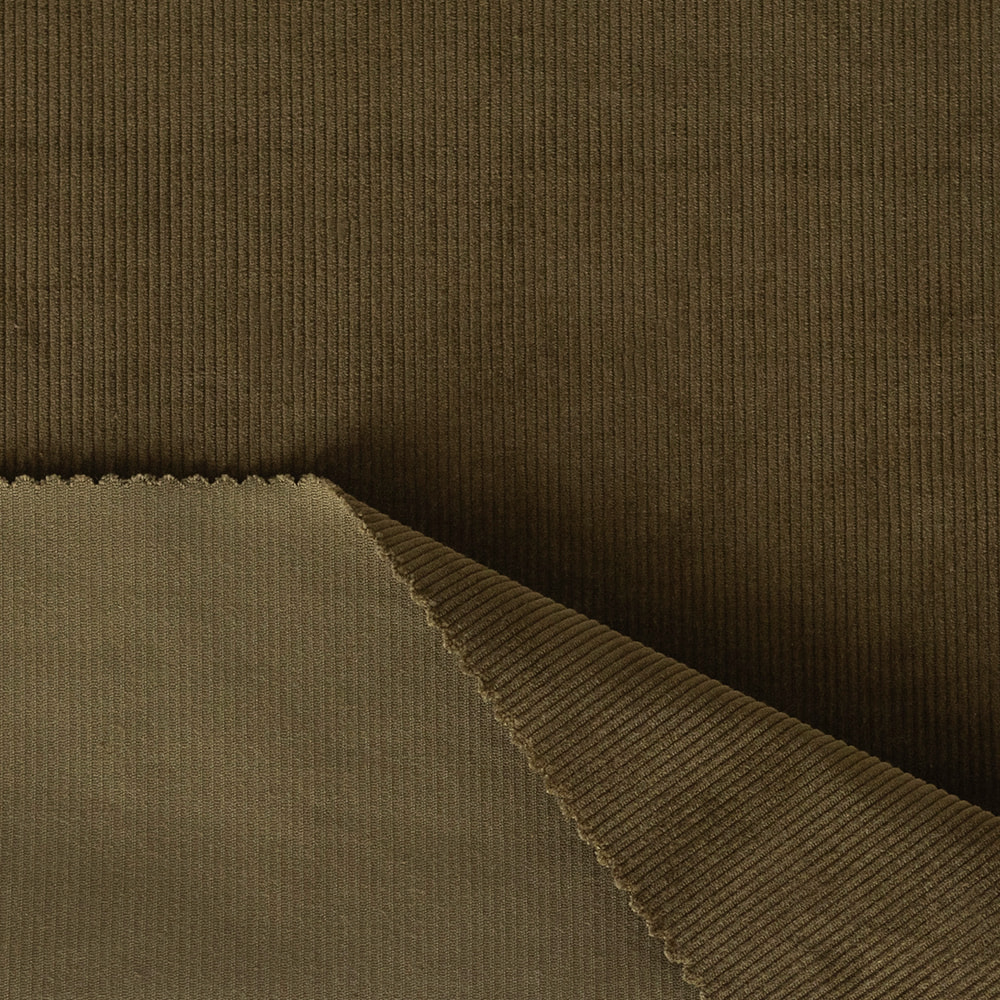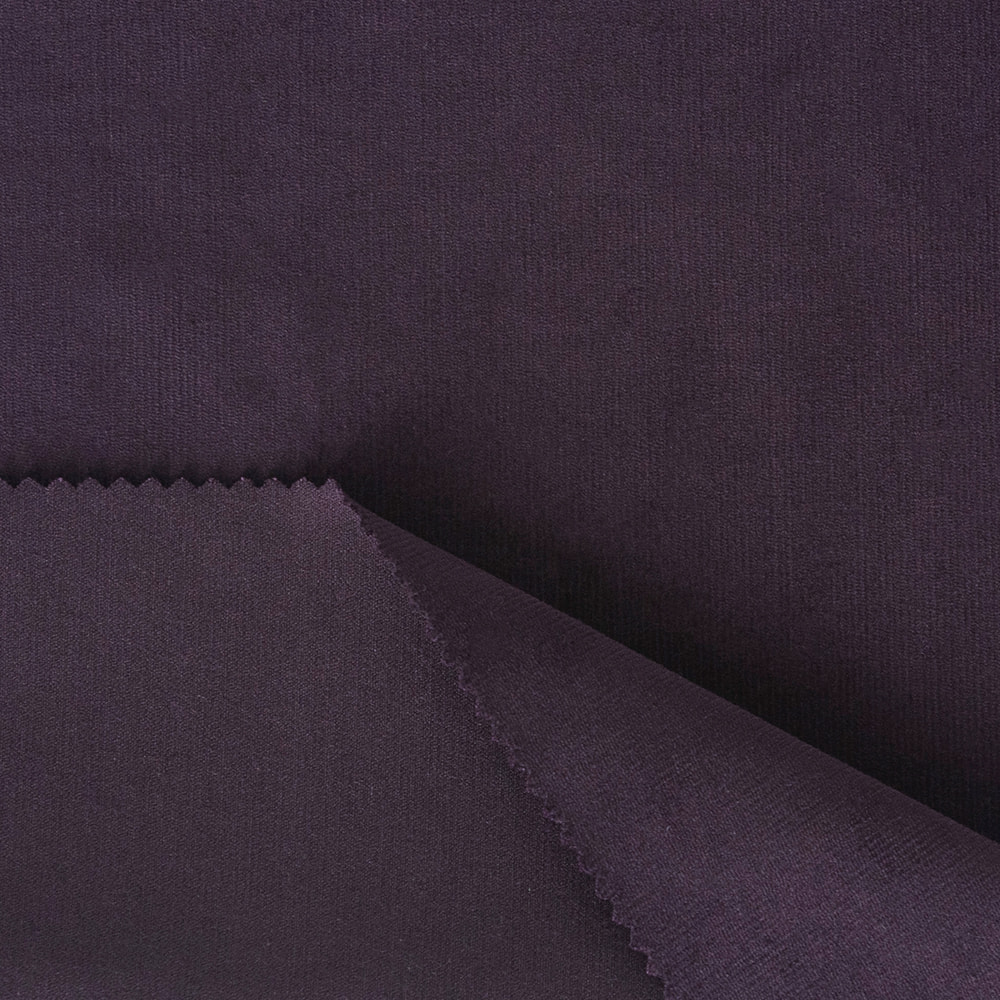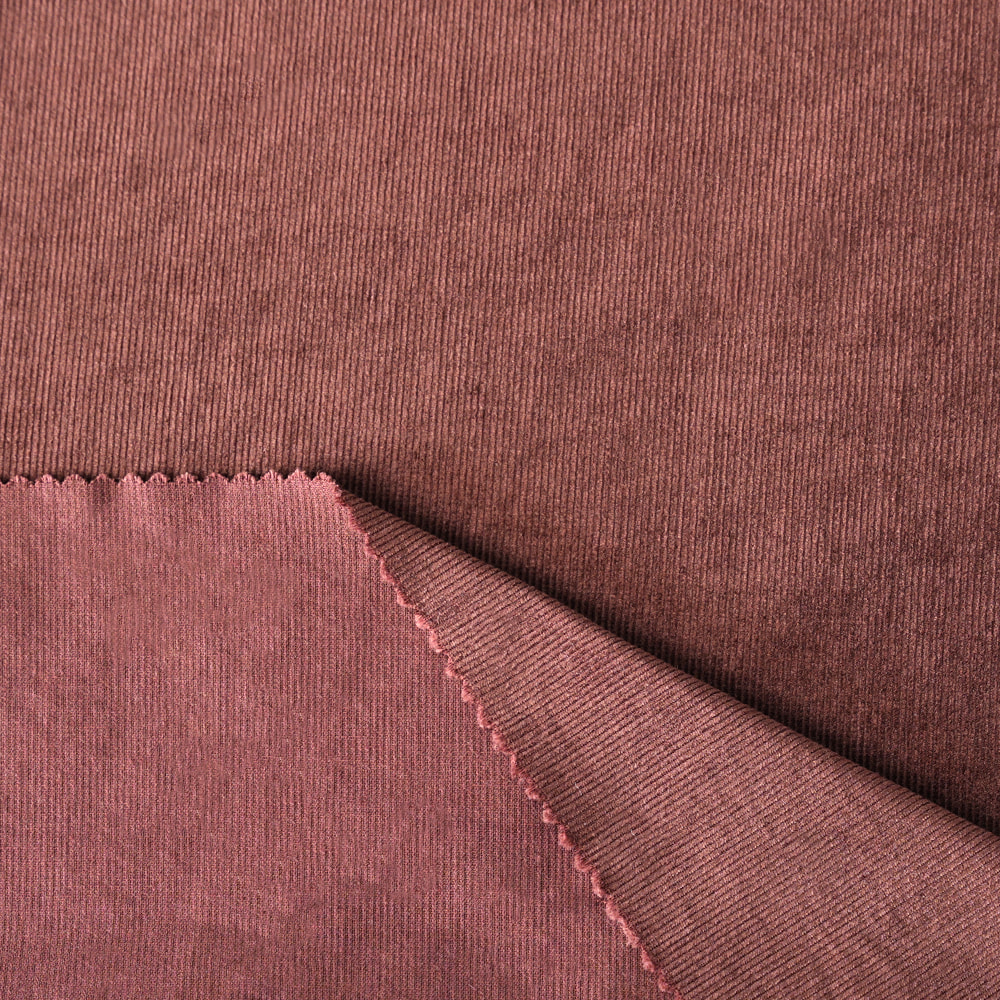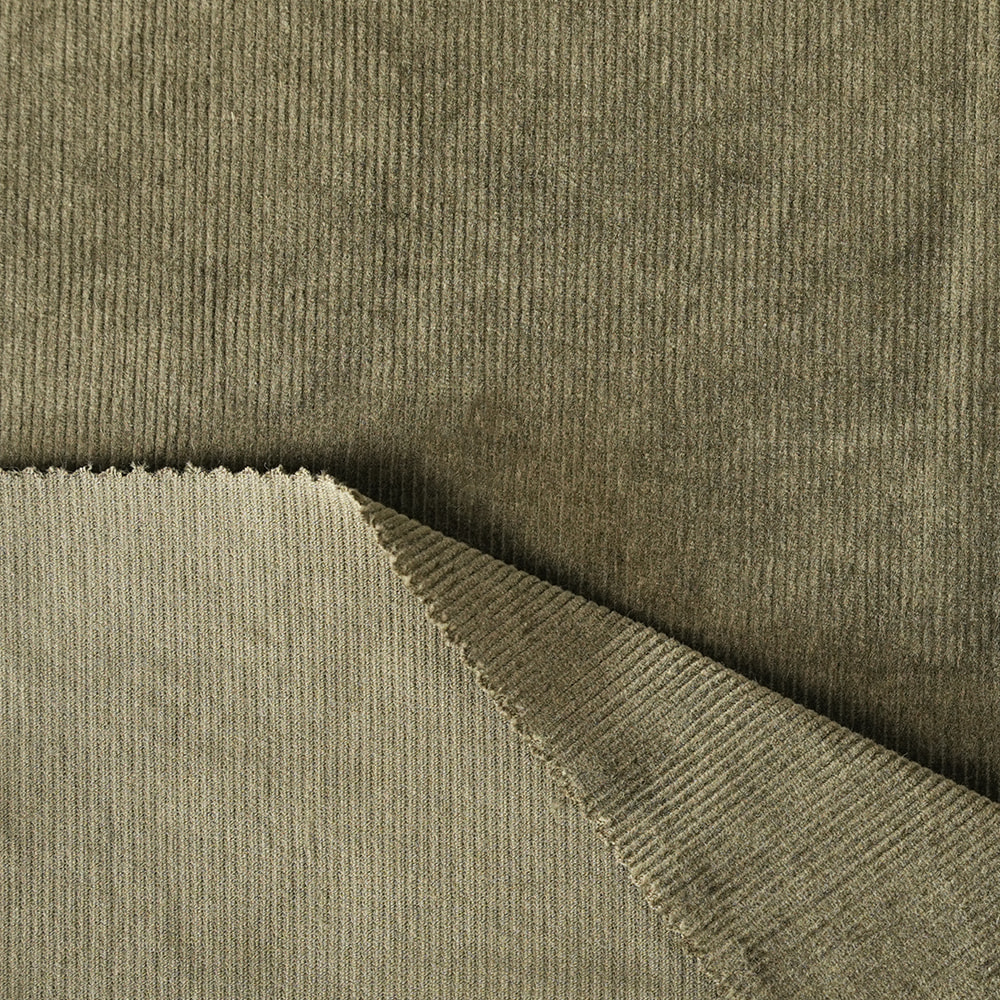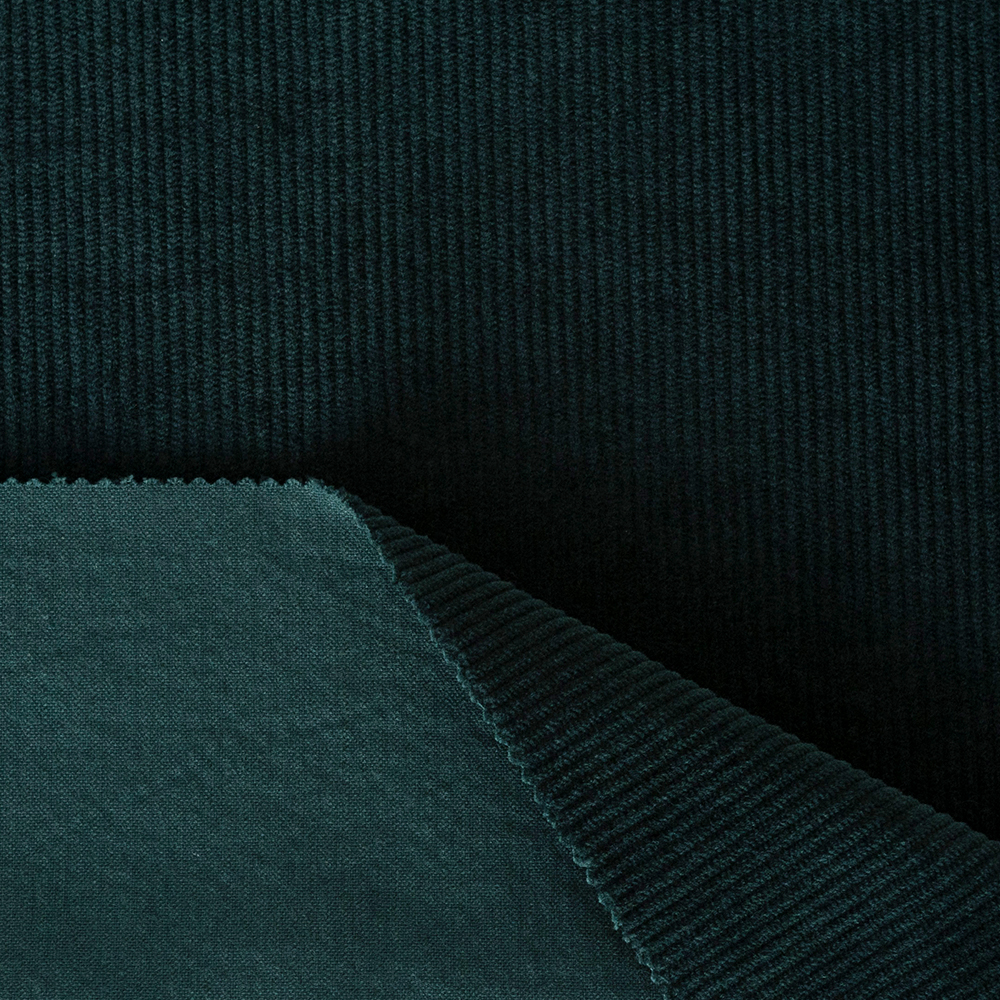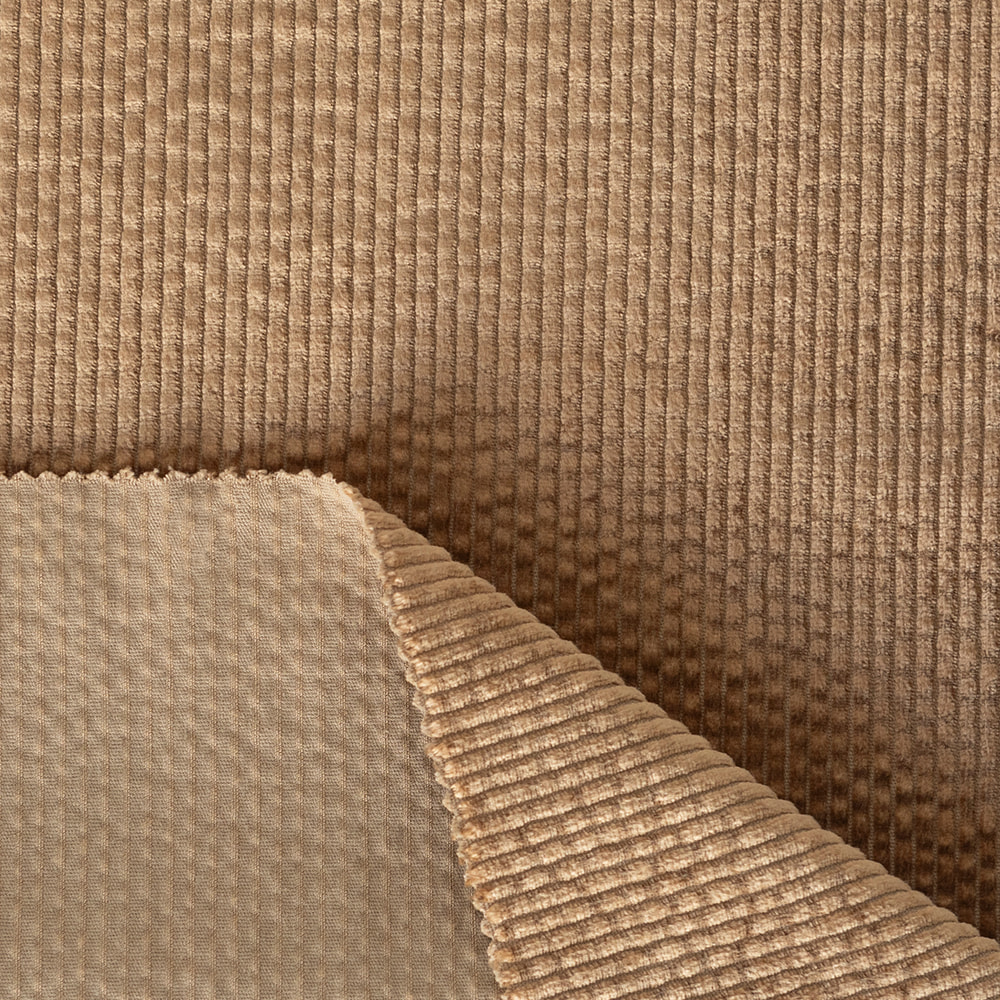Textile Industry Zone, East Hutang Town, Wujin District,213100 Changzhou,China
Corduroy is a timeless fabric known for its ribbed texture, durability, and warmth. Traditionally made from cotton, modern versions often incorporate blended fibers such as modal to improve softness, drape, and moisture absorption. Among these is the modalcotton piecedyed corduroy fabric, which combines the comfort of modal with the strength of cotton. But one common question arises: how well does this type of corduroy dye?
1. Understanding ModalCotton Corduroy
a. What is Modal?
Modal is a semisynthetic fiber derived from beech tree pulp. It is known for:
Excellent softness and smooth hand feel.
High moisture absorbency.
Good dye uptake compared to many synthetic fibers.
Resistance to shrinkage and fading.
b. What is Cotton Corduroy?
Corduroy is a woven fabric characterized by parallel vertical ridges (wales). Traditional corduroy is 100% cotton, which is highly receptive to dyeing due to its natural cellulose structure.
c. The Blend Advantage
When modal and cotton are combined, the fabric retains cotton’s strength while gaining modal’s softness and sheen. This blend enhances comfort but also slightly changes how the fabric reacts to dyes.
2. What is Piece Dyeing?
Piece dyeing means dyeing fabric after it has already been woven, rather than dyeing the yarn before weaving. This method is common for corduroy because it:
Ensures color uniformity across the fabric.
Allows manufacturers to respond quickly to fashion color trends.
Works well with both cotton and modal fibers.
Since modal and cotton are both cellulosebased, they are compatible with the reactive dyeing process commonly used in piece dyeing. Reactive dyes form strong covalent bonds with the fibers, producing bright, colorfast results.
3. Dyeing Performance of ModalCotton Corduroy
a. Color Absorption
Both modal and cotton absorb reactive dyes effectively. This means that modalcotton corduroy tends to take up dye evenly, producing vibrant shades. Modal, in particular, has a higher affinity for certain dyes than cotton, which can sometimes lead to a slightly richer color depth.
b. Shade Uniformity
One challenge in dyeing corduroy is achieving consistent color across the raised ridges (wales) and the flat base. Because modal fibers have a smoother surface, they often reflect light differently than cotton, which may create subtle shading variations. Careful process control minimizes this effect.
c. Softness Retention
Unlike some synthetic blends, modal does not lose softness during dyeing. Piecedyed modalcotton corduroy remains supple and comfortable, with the added bonus of retaining a luxurious hand feel.
d. Colorfastness
Reactive dyes provide strong wash fastness, meaning the fabric holds its color through repeated laundering. Modal’s smooth structure also reduces linting and surface fuzz, helping dyed corduroy maintain clarity of shade.
4. Potential Challenges in Dyeing
While modalcotton corduroy generally dyes well, a few issues may arise:
1. Pile Flattening – The thick ridges of corduroy can flatten during wet processing, affecting appearance. Proper finishing helps restore texture.
2. Shading Differences – Because modal has a slightly different luster than cotton, certain colors (especially deep tones) may appear uneven if not dyed carefully.
3. Shrinkage Control – Although modal resists shrinkage better than cotton, the blend still requires controlled finishing to maintain fabric dimensions.
4. Pilling Risk – Lowerquality blends may be prone to surface pilling after dyeing, but highquality modalcotton blends minimize this.
5. Comparison With Other Fabrics
Pure Cotton Corduroy – Dyes easily but may fade faster over time compared to modal blends.
PolyesterCotton Corduroy – More difficult to dye because polyester requires disperse dyes, leading to complex twostep processes.
ModalCotton Corduroy – Offers the best balance of dyeability, softness, and durability.
Thus, modalcotton corduroy often outperforms synthetic blends in terms of vibrant color uptake and softness after dyeing.
6. Applications of Dyed ModalCotton Corduroy
Because of its dyeing quality and texture, piecedyed modalcotton corduroy is used in:
Fashion apparel: Jackets, trousers, skirts, and casual wear that require both comfort and style.
Children’s clothing: Soft, skinfriendly corduroy is suitable for kids’ wear in bright colors.
Home textiles: Cushion covers, upholstery, and decorative fabrics that demand rich, longlasting shades.
Seasonal collections: Designers can quickly dye corduroy in trendy colors to match fashion cycles.
7. Best Practices for Dyeing Success
To maximize results when dyeing modalcotton corduroy:
1. Choose highquality reactive dyes designed for cellulose fibers.
2. Pretreat fabric properly to remove sizing, oils, or impurities.
3. Control temperature and pH to ensure even dye penetration.
4. Minimize mechanical stress during wet processing to preserve the ribbed pile.
5. Apply finishing treatments to restore softness and pile definition.
So, does modalcotton piecedyed corduroy fabric dye well? The answer is yes. Thanks to the natural affinity of modal and cotton fibers for reactive dyes, this fabric accepts color readily, producing bright, even, and longlasting results. Its blend composition ensures that the corduroy remains soft, comfortable, and stylish after dyeing.
While minor challenges such as shading differences and pile care must be managed during processing, these do not outweigh the advantages. Compared with many synthetic blends, modalcotton corduroy offers superior dyeability and aesthetic appeal.
In short, modalcotton piecedyed corduroy fabric is not only effective in taking dye but also excels in maintaining softness, durability, and vibrant color, making it an excellent choice for both fashion and home applications.

